Tips in Luoyang
 0 Comment(s)
0 Comment(s) Print
Print E-mail China Today, February 6, 2017
E-mail China Today, February 6, 2017
Luoyang Museum:
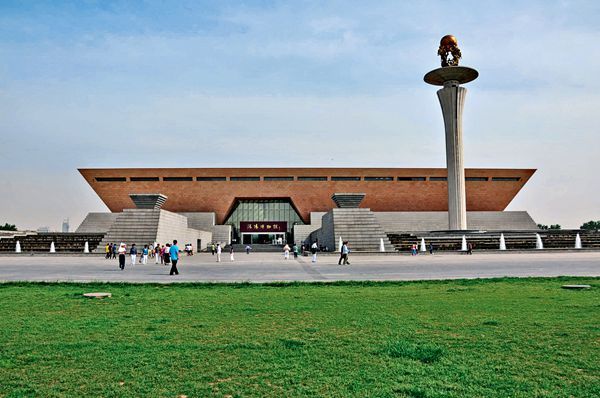
This comprehensive historical museum is located on Nietai Road in Luolong District of Luoyang City. On display are many relics from the Heluo Culture, as well as ceramics from the Yangshao (c. 5000 - c. 3000 BC) and Longshan (c. 3000 - c. 1900 BC) cultures, Xia and Shang Dynasty jade wares, Zhou Dynasty (c.1046-256 BC) bronze wares, color paintings of the Han (206 BC - AD 220) and Wei (220-265) dynasties, Tang Dynasty tri-colored glazed potteries, and Song Dynasty (960-1279) porcelains, all of which display distinctive regional features. Among them, the bronze Xia Dynasty jue wine vessel, the gold, silver and bronze tripod of the Warring States (475 - 221 BC) period, ceramic figurines of the Northern Wei Dynasty (386-534), and tri-colored glazed Tang Dynasty lamps and horses are national treasures.
Free admission on Tuesdays and Sundays.
Transportation: Take bus No. 77 to the Luoyang Museum stop.
Luoyang Old Street:
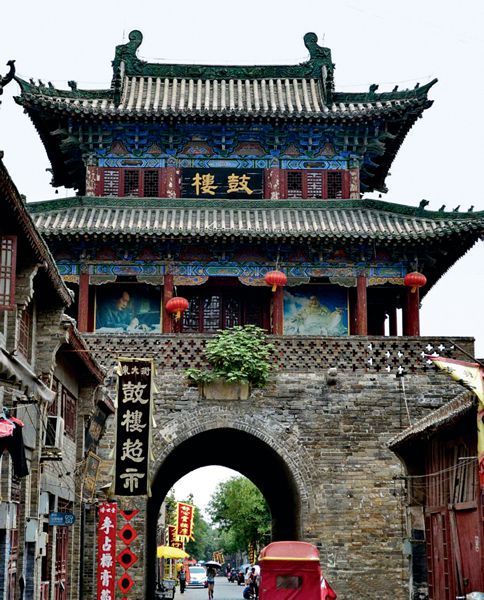
Regarded as an archetype of Luoyang history and culture, and located in the city's oldest district, Luoyang Old Street is now a commercial pedestrian street teeming with stalls selling snacks, delicacies, specialties and folklore items. Always bustling with locals and visitors, it is lined on both sides with shops, stores, peddlers and vendors. This street recreates for visitors the prosperous scenario of old Luoyang City and at the same time offers them the best in local cuisine, for instance, grated radishes, mung bean pancake soup, and mutton soup.
Transportation: Take bus No. 4, 5, 9, or 16 to the Laoji stop.
Baima Temple (White Horse Temple):
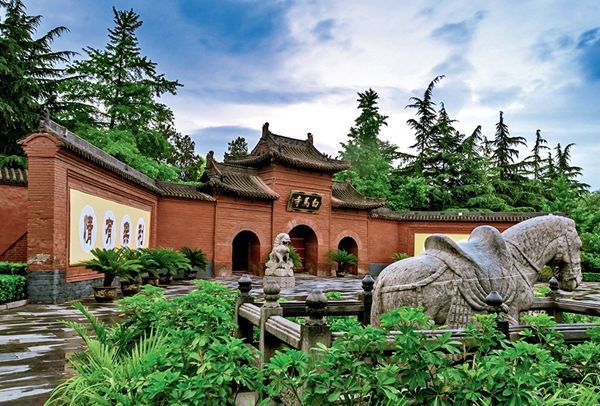
Located 12 kilometers east of the old city of Luoyang, the temple stands in Luolong District. Built in 68 AD, it was China's first Buddhist temple established by the government. Emperor Mingdi (28-75) of the Han Dynasty once dreamt of a 20-meter-tall person coming from the West from whose head golden rays emitted. He at once sent envoys westward to find this deity. Two eminent Indian monks later brought back Buddhist statues and sutras to China on white horses, whereupon Emperor Mingdi decreed the building of the White Horse Temple. There the Indian monks helped to translate the 42-Chapter Sutra, the first extant Chinese translation of Buddhist scriptures.
Transportation: Take Bus No. 56 or 58 to the terminal station.
The Mingtang Site:
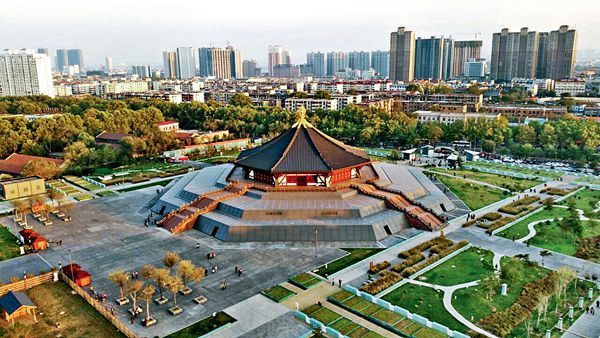
Also called the Hall of Light, this is the main hall of the imperial palace of Empress Wu and the most famous example of China's ritual architecture. Empress Wu ordered two refurbishments of the Hall of Light. The first was in 687, when she bestowed on it the name "Wanxiang Celestial Palace." The second was in 695, when it was rebuilt after being burnt down and renamed "Tongtian Palace." According to historical records, the Hall of Light was 88.88 meters tall and had three floors, the first 90-meter by 90-meter square, its walls in different colors representing the four seasons. The middle floor had 12 walls signifying the 12 two-hour periods of the day and night. The top floor was encircled with nine dragon sculptures. The Hall of Light was destroyed in 762 during the cataclysmic An-Shi Rebellion (755-763). Its architectural technology was inherited and used, however, to build the Hall of Prayers for Good Harvest in Beijing's Temple of Heaven during the Ming Dynasty (1368-1644).
Transportation: Take Bus No. 5, 8, or 101 to the northeastern intersection of Zhongzhou Middle Road and Dingding Road.
Luoyang Peony Festival:
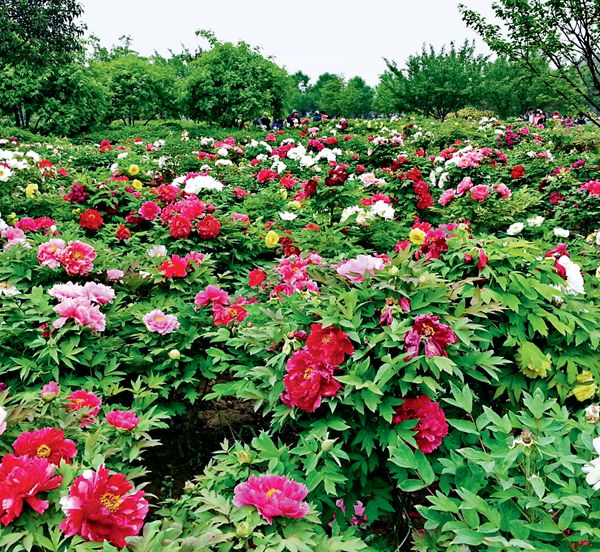
Peonies are dignified and graceful, thus signifying a prosperous, wealthy society. Luoyang has since 1983 customarily celebrated the Peony Festival – an event that attracts throngs of domestic and international visitors. In 2010, the festival was added to the National Intangible Cultural Heritage List and updated to a national show. It is now known as China's Luoyang Peony Culture Festival.
Time: Around April 5 to May 5.






Go to Forum >>0 Comment(s)